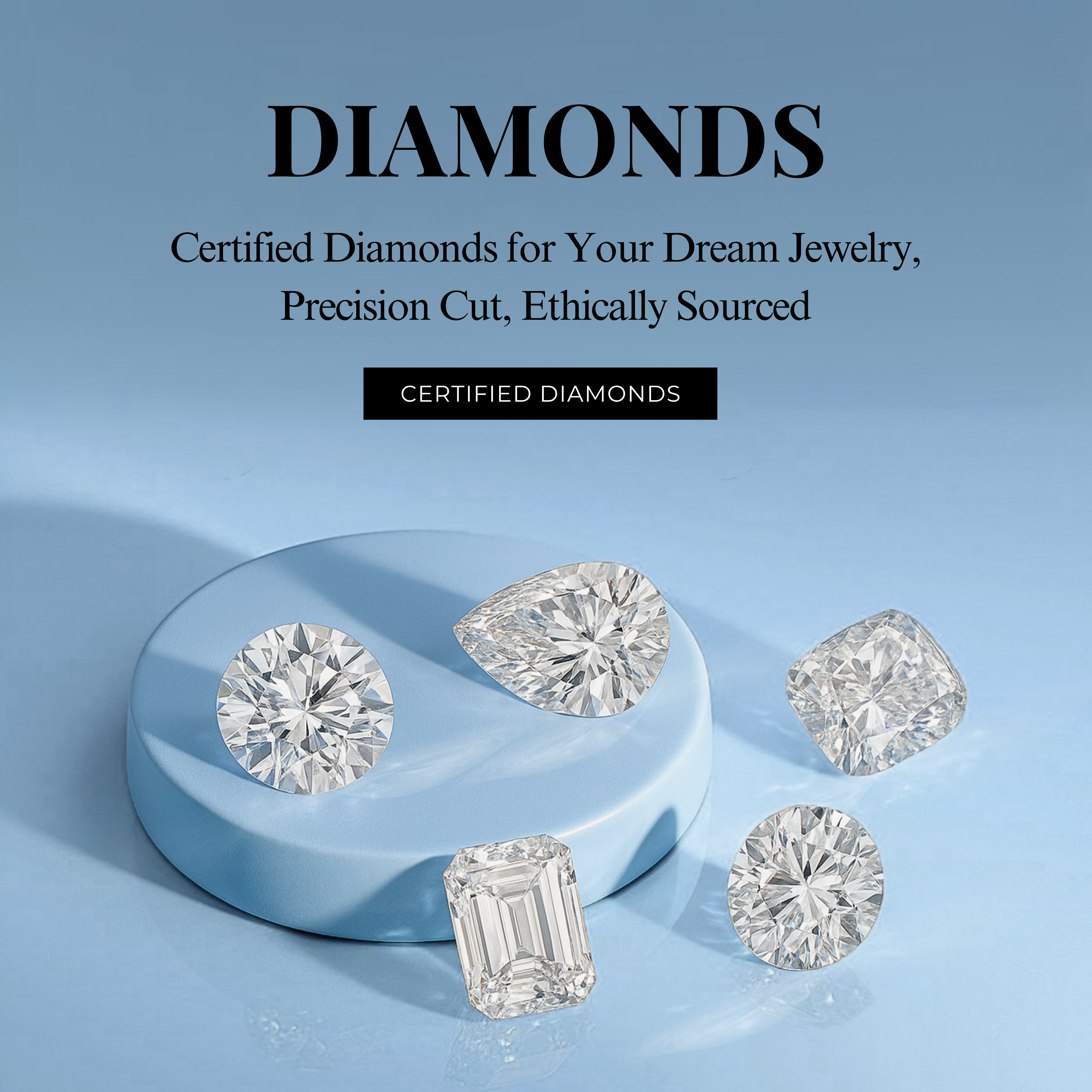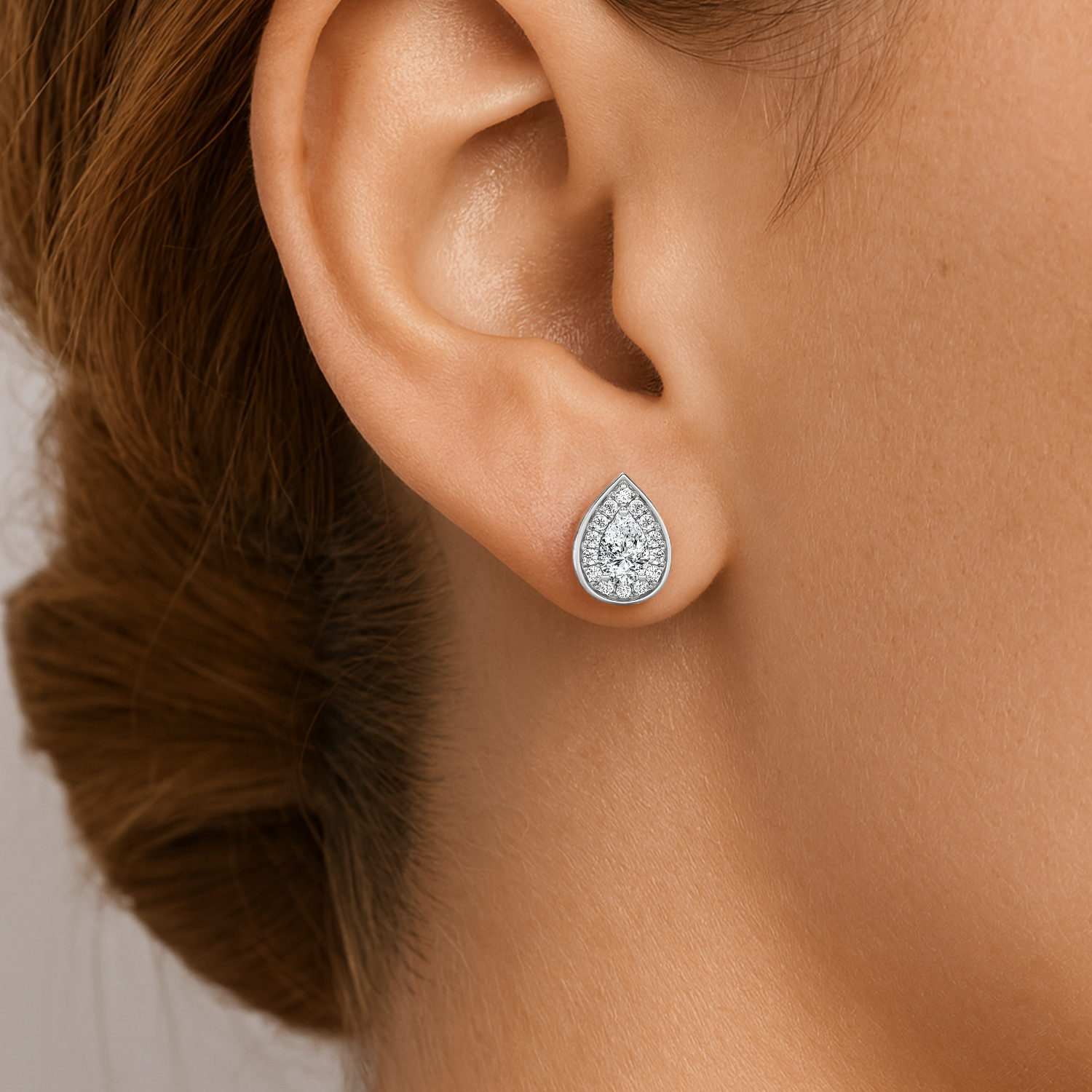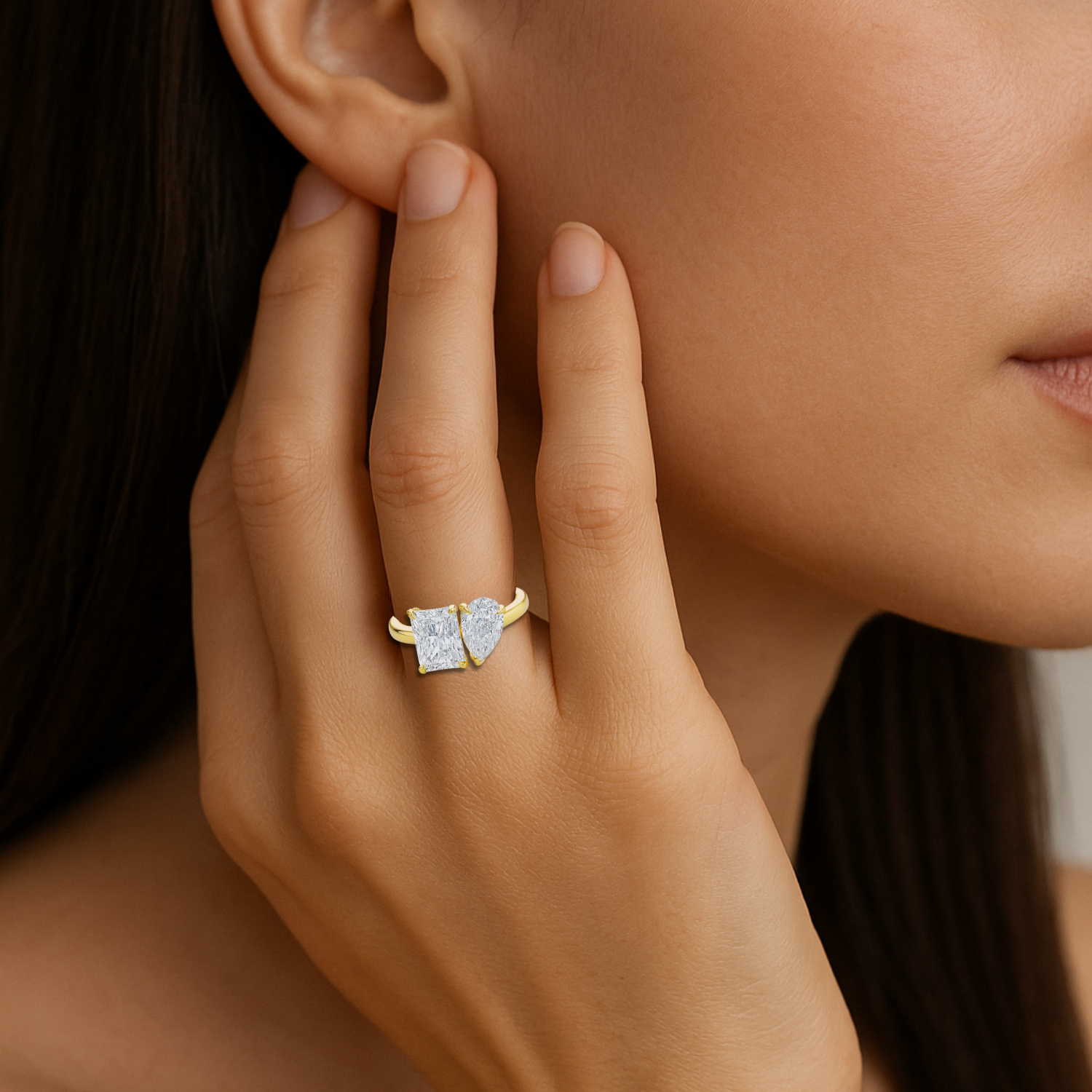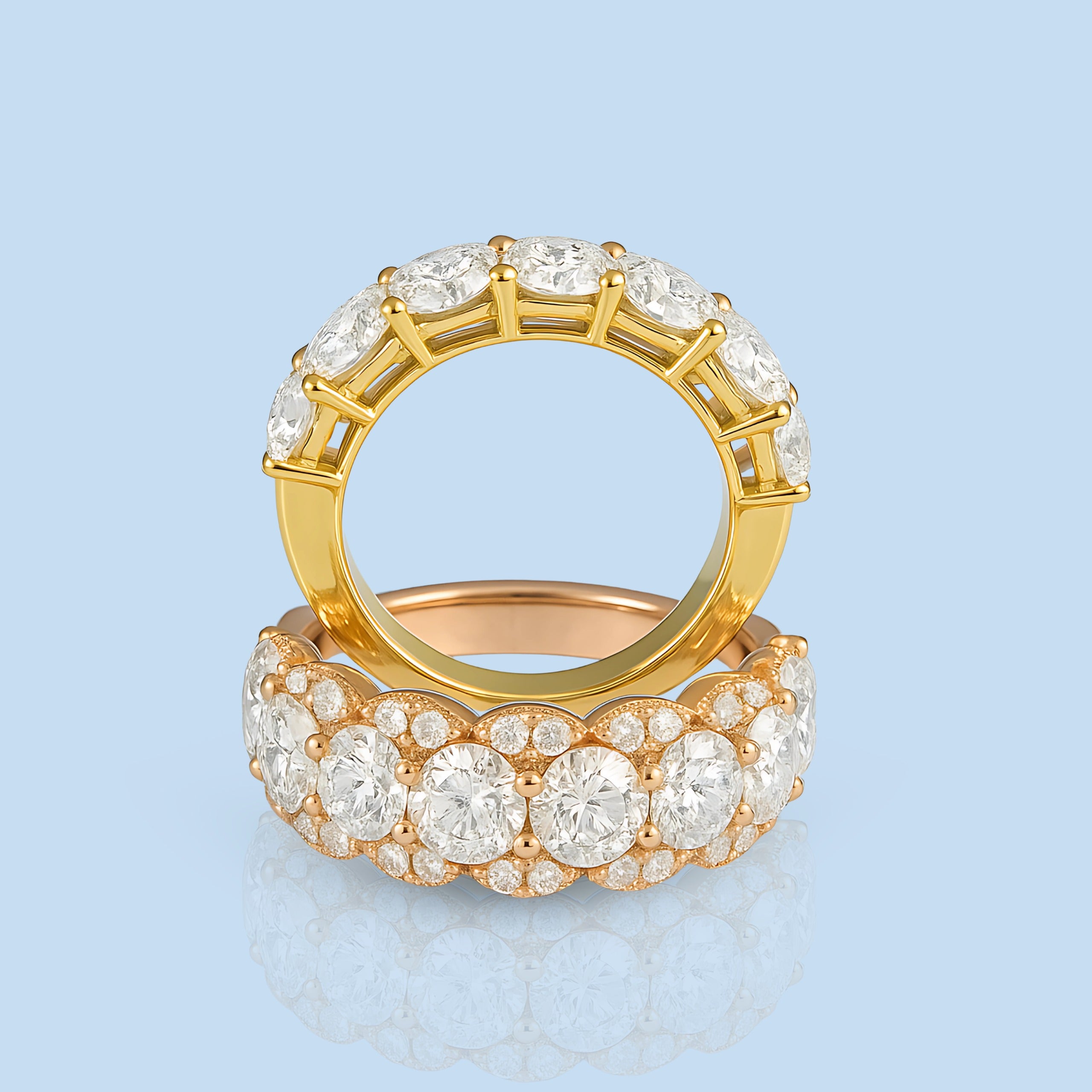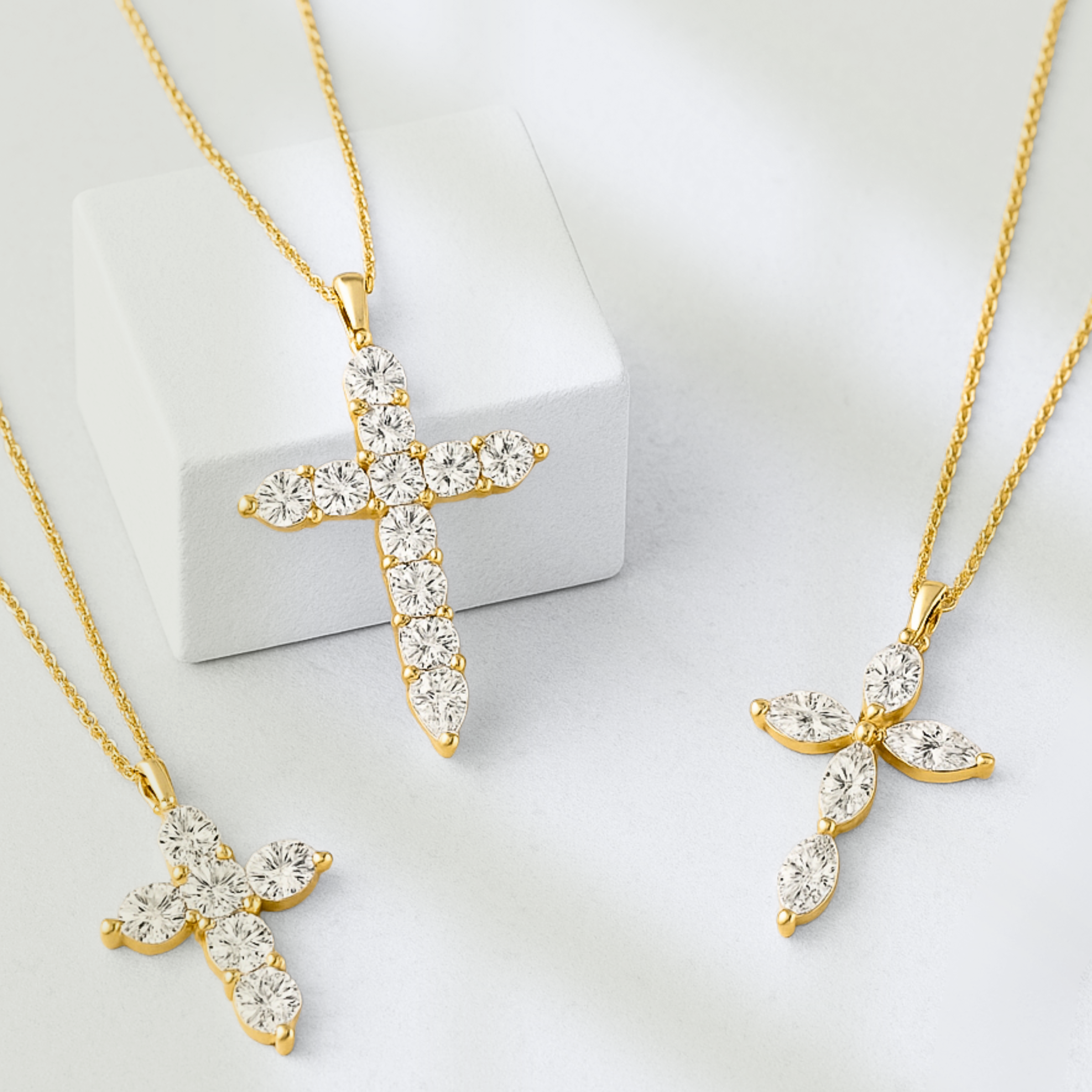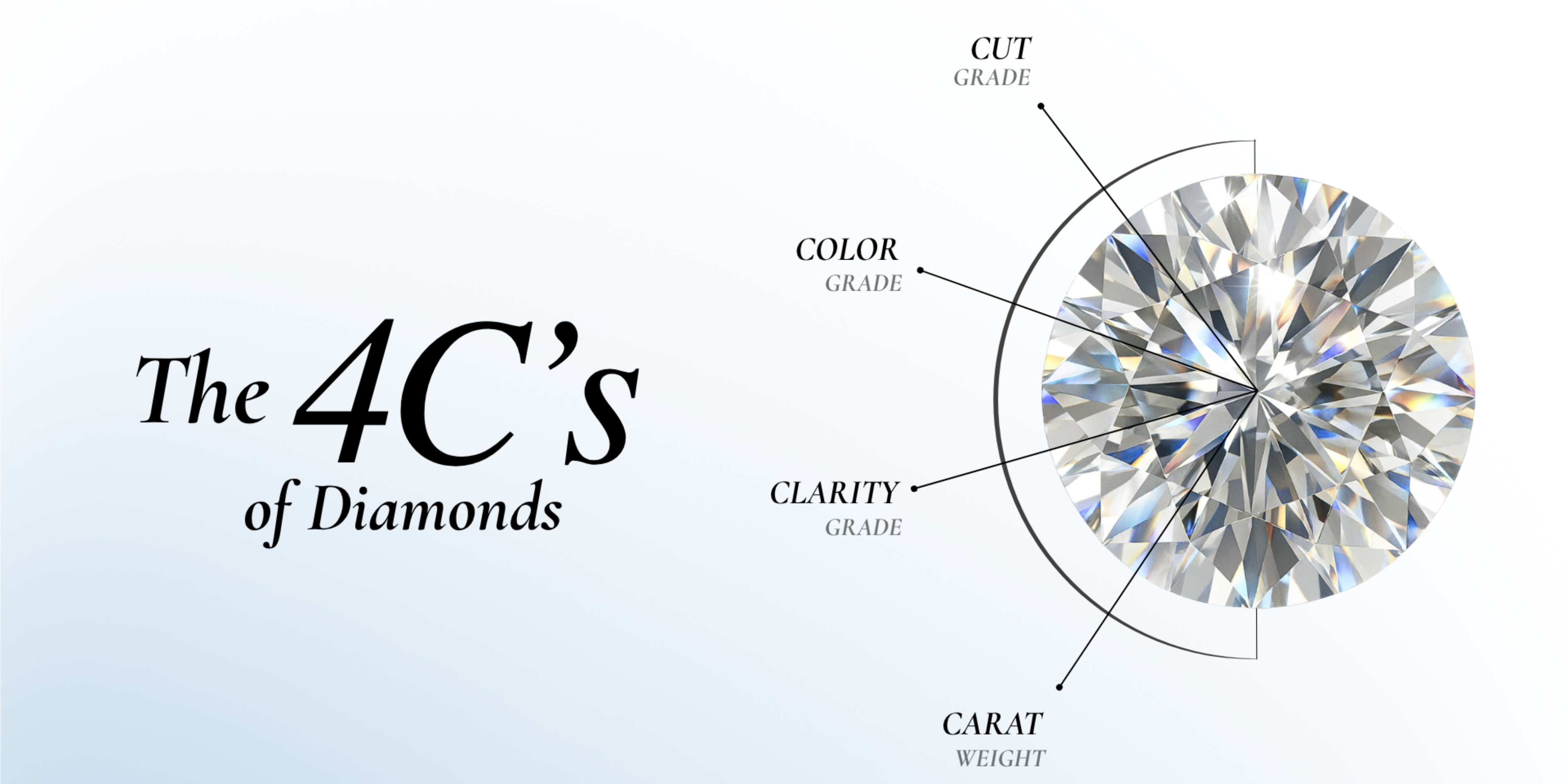
4C’s of Diamond: How to Choose the Perfect Certified Lab-Grown Stone
Lab-grown diamonds are quickly becoming the modern favorite for fine jewelry lovers, combining stunning beauty with ethical origins and accessible prices. Whether searching for an engagement ring, a special gift, or an investment piece, understanding the 4C’s—cut, clarity, color, and carat weight is essential to finding a diamond that sparkles with quality and confidence. This guide will help you make a truly informed, satisfying choice for your next certified lab-grown diamond.
Lab-grown diamonds, which combine stunning beauty, ethical origins, and affordable costs, are rapidly taking the lead as the modern preference for those who appreciate beautiful jewelry. Finding a diamond that sparkles with quality and confidence requires knowing the 4C’s: cut, clarity, color, and carat weight. This information is true whether you're looking for an investment piece, an engagement ring, or a special gift. With the aid of this guide, you will be able to choose your next certified lab-grown diamond with confidence and knowledge.
Why Lab-Grown Diamonds?
Lab-grown diamonds are real diamonds, produced using cutting-edge technology in controlled environments. They’re chemically and physically identical to mined stones but tend to cost less, are conflict-free, and offer excellent value. The 4C’s should be used as your north star in diamond shopping, whether lab-grown or earth-mined.
Real diamonds created in controlled settings with state-of-the-art technology are known as lab-grown diamonds. Although they are physically and chemically identical to mined stones, they are typically less expensive, conflict-free, and provide exceptional value. Whether you're looking for lab-grown or earth-mined diamonds, the 4C’s of diamond should be your guide.
The 4C’s of Certified Lab-Grown Diamonds
1. Cut: The Secret to Greatness

A diamond's "cut" has a direct effect on how brightly it sparkles. "Cut" describes the proportions, symmetry, and polish of the stone rather than its shape (round, princess, emerald, etc.). A well-cut diamond appears vibrant and brilliant because it reflects light within.
- Grade Choices: Aim for “Excellent” or “Ideal” cut for unmatched brilliance.
- Tip: If the cut is excellent, even a slightly poorer clarity or color grade can look stunning.
Read More: Best 10 Diamond Shapes for Lab-Grown Diamonds in 2026
2. Clarity: Seeing Through the Stone

The existence of minute internal characteristics (inclusions) or exterior imperfections is a measure of clarity. The majority of inclusions are not visible to the human eye, but their brilliance and value increase with their number.
- Grade Choices: It varies from FL (Flawless) to I (Included), with VS1/VS2 indicating exceptional value and brilliance.
- Tip: Thanks to sophisticated growing methods, a large number of lab-grown diamonds are VS1-VVS1 or superior.
Subscribe to our newsletter for quick updates on our blogs!
3. Color: The Shade Spectrum

Diamonds range in hue from D, which is colorless, to Z, which has a significant yellow or brown tint. The more colorless (and frequently more costly) the stone, the closer it is to "D." The near-colorless to colorless range is where lab-grown diamonds are frequently graded.
- Grade Choices: "D" through "F" are colorless, while "G" through "J" are almost colorless and surprisingly valuable.
- Tip: In a well-designed environment, a G/H hue can appear flawlessly white and be substantially less expensive.
4. Carat Weight: Sizes and Availability

A diamond's weight, and thus its perceived size, is measured by its carat. It's not always desirable to be bigger; instead, concentrate on balance and proportion with other Cs.
- Tip: For greater value with minimal apparent difference, choose slightly less than round carat measurements (.90 vs. 1.00 carat).
The Importance of Certification
Always seek diamonds recognized by reputable grading laboratories like the Gemological Institute of America (GIA) or the International Gemological Institute (IGI). A certificate guarantees peace of mind, resale value, and safe insurance by outlining the diamond's exact 4C grades and confirming its authenticity.
- Tip: Verify that the laser writing on the diamond's girdle corresponds with the certificate of your diamond.
Balance all 4C’s While Choosing Your Lab-Grown Diamond
- For the most stunning diamond, balance all 4C’s within your budget rather than concentrating only on carat.
- Always look at diamonds in favorable light and compare similar diamonds side by side.
- The metal tone and jewelry style (solitaire, halo, multi-stone) have an impact on how color and brilliance are perceived.
Where to Buy Certified Lab-Grown Diamonds
Transparency and reputation are important. Choose jewelers who offer GIA or IGI certification, transparent return guidelines, and customer service that can clarify price and quality variations.
Check out Fine Diamond's carefully chosen inventory for certified lab-grown diamonds in various shapes and sizes.


 Round
Round  Marquise
Marquise  Asscher
Asscher  Princess
Princess  Cushion
Cushion  Pear
Pear  Heart
Heart  Emerald
Emerald  Oval
Oval  Radiant
Radiant 